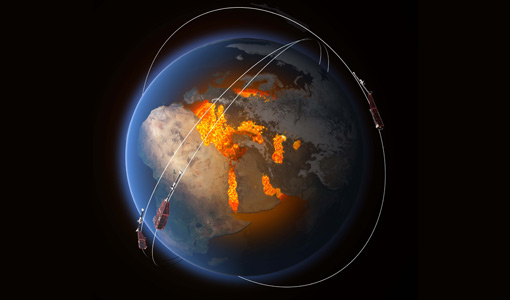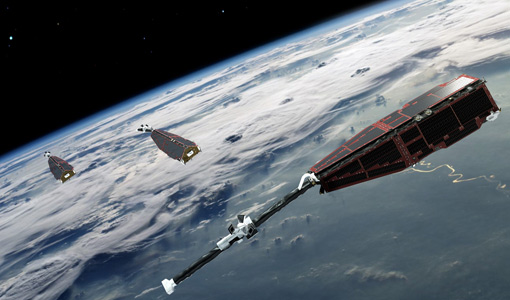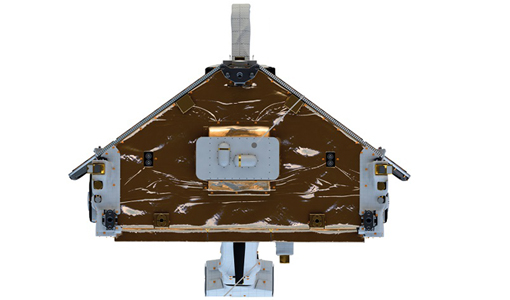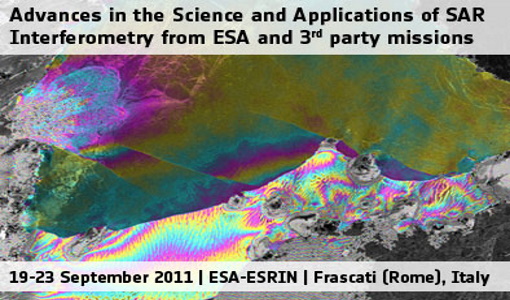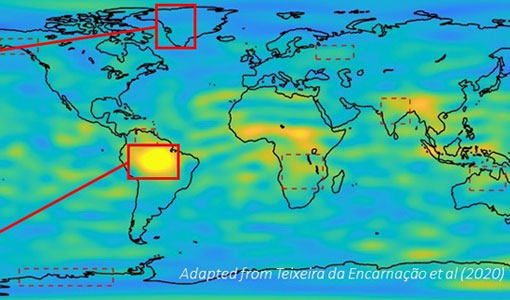- All Categories (577)
- Data (1)
- News (14)
- Missions (16)
- Events (1)
- Tools (3)
- Activities (2)
- Documents (540)
Activity - Projects
3D mantle conductivity
time-varying vector magnetic fields obtained from ground-based and satellite observations, the inducing sources are electric currents
Mission - Earth Explorers
ACC (Swarm)
identification of opportunities for auroral research utilising Swarm data. find out more The Average Magnetic field and Polar current
Tools - Other
AMPS
AMPS is a climatological model of polar ionospheric currents, based on magnetic field measurements from the CHAMP and Swarm
Mission - Earth Explorers
ASM
identification of opportunities for auroral research utilising Swarm data. find out more The Average Magnetic field and Polar current
News - Operational News
CASSIOPE/e-POP full data mirror on the ESA Swarm Dissemination Server
The ESA Swarm Dissemination Server is now also hosting a mirror of the CASSIOPE/e-POP full data archive (past and current
Document - Newsletter
Earth Online Newsletter - 05 April 2024
This issue of the Earth Online Newsletter covers a selection of the latest news and events from ESA.
Document - Newsletter
Earth Online Newsletter - 08 March 2024
This issue of the Earth Online Newsletter covers a selection of the latest news and events from ESA.
Document - General Reference
Earth-Explorers-Satellites-to-understand-our-changing-Earth.pdf
This eight-page brochure provides an overview of the Earth Explorers currently in orbit and those under development.
Document - General Reference
Earth-Explorers.pdf
This flyer gives a quick overview of the 6 Earth Explorers missions.
Mission - Earth Explorers
EFI
identification of opportunities for auroral research utilising Swarm data. find out more The Average Magnetic field and Polar current
Mission - Earth Explorers
EFI Overview
The SII sensors are directly installed on the radiator for heat rejection in order to limit dark current on the CCD.
Document - Technical Note
ESAs-Magnetic-Field-Mission.pdf
This brochure describes the satellite and the mission, and introduces the science.
Mission - Earth Explorers
Explore Projects
SPP 1788 Swarm4Anom (Swarm for Anomalies) Other activities: SIFACIT (Swarm Data Quality Investigation of Field-Aligned Current
Event - Workshop
Fringe 2011 Workshop
The Fringe series of workshops started in 1992 and they are currently organised by ESA every two years.
Document - Proceedings
Fringe-2011-workshop-recommendations.pdf
This document contains the recommendations from the session summaries of the Fringe 2011 Workshop.
Document - Proceedings
Fringe-2011-workshop-session-summaries.pdf
This document contains the session summaries from the session summaries of the Fringe 2011 workshop.
Mission - Earth Explorers
GPSR and LRR (Swarm)
identification of opportunities for auroral research utilising Swarm data. find out more The Average Magnetic field and Polar current
News - Success Stories
Gravity Field Models from Swarm data
Currently, the GRACE-FO satellites launched in May 2018 are the sole dedicated provider of these data, while previously the
News - Thematic area articles
How ESA uses space data to explore deep Earth
Swarm maps core dynamics The swirling, conducting iron in Earth’s liquid outer core create powerful electric currents, which
News - Success Stories
Magnetic magic: 10 reasons to be excited about Swarm
Electric currents in the magnetosphere and ionosphere induce secondary currents in the ground, themselves producing magnetic
